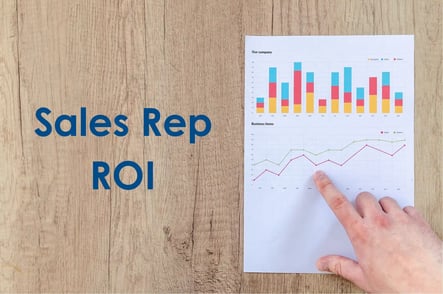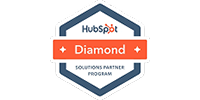How to Measure Your Outsourced BDR Against Your In-House Team
Making the decision to rely fully on an outsourced BDR or SDR team is a big leap for many businesses. Especially for those firms that are completely new to the world of outsourcing, the thought of trusting a third party with their sales function entirely seems risky. For this reason, many choose to adopt a hybrid approach, whereby the organization relies on both outsourced and in-house talent to generate meetings, at least until they can determine which team performs best.
But how can organizations go about comparing an outsourced BDR to an in-house rep? What are the different factors, beyond sheer volume of meetings booked, that should factor into this important decision? Let’s break it down.
The Importance of Time Logging
Any legitimate comparison of an external BDR team to an internal team must be predicated on proper time tracking. If each team is spending different amounts of time on outreach and sales activities, you can’t get a true A/B comparison of the two groups. Be sure before beginning any evaluation that you are accounting for time logging and have a system in place to ensure you are working with accurate information, down to the minute if possible. This will allow you to calculate how many minutes each team member is spending for each meeting booked, an important metric that will weigh heavily in your ultimate decision to outsource. The largest expense in any sales program is sales labor, and the metric to measure that expense is hours or minutes. To not measure time spent on campaigns is to have a loose understanding of the inputs and outputs of a company’s demand generation program.
The Total Cost of Ownership
When trying to compare the effectiveness and financial viability of outsourced BDRs to internal team members, many businesses make the critical mistake of comparing spend incorrectly. They tend to compare the retainer price of an outsourced BDR to the base salary of their internal hire, which is not an accurate comparison given that the outsourcing vendor is covering all of the expenses involved with having a BDR on your team.
If you are evaluating vendors and come across a sticker price for an outsourced BDR that has a fully loaded cost similar to your in-house rep’s salary, it is wise to check out the Glassdoor page of that company. In many cases, these BDRs are going to be underpaid and unhappy at their jobs, and their performance won’t be up to snuff. A happy BDR is a productive BDR, and you won’t want to partner with a firm that is burning through sales talent, because you’ll be on the receiving end of that turnover.
Beyond retainers and salaries, many firms make the added mistake of failing to account for the total cost of ownership of an internal BDR, and how this compares to their external counterparts. When you employ a BDR, you’re not just paying their salary. You’re footing the bill for benefits, commission, training, management, and more. These things really add up. When you outsource the BDR function, these costs are all baked into a monthly retainer, and organizations that fail to recognize this often end up paying more by keeping their sales function in-house.
Group vs Individual Performance
The third and final mistake firms make when evaluating the performance of their outsourced BDR team is neglecting the importance of operational consistency. When you hire a BDR team internally, you need to have a Human Resources and Training team capable of handling the recruiting, training, and replacement process. Given the high rates of turnover in the sales industry generally speaking, organizations spend many thousands of dollars on the onboarding process alone.
Beyond the recruiting and training headache, really take a look at the performance of your in-house reps. Do you have a high-performing BDR team, or one all-star performer that brings up the average? Most organizations rely on one or two rockstars to bring in the volume, while other reps struggle. Thus, although the average performance of the in-house team may be comparable to the outsourced BDR team, that performance is predicated on retaining one or two reps. Even if those reps choose to stay at your organization long-term, top-performers will be promoted within a year, leaving a big vacuum in your internal team. The best outsourced vendors don’t just staff bodies. They have a process in place for developing high-quality sales talent in order to staff your team with top-performers consistently, thereby providing you with operational consistency.
The Key Metric: Cost Per SAL
Once you have accounted for all the back-end financial differences between outsourced and internal BDRs, you can accurately compare productivity. To do this, the optimal metric is going to be Cost Per SAL (sales accepted lead). The ultimate measure of a BDR team is how well they can fill the top of the sales funnel with high-quality discovery or demo calls. Once you have factored in all of the costs, you can take the monthly cost of both teams and divide that by the total number of meetings generated in that time period. The team that is producing leads at a lower cost per SAL is the superior team, and the one you’ll want to hitch your wagon to.
* * *
If your firm is considering outsourcing your BDR function, but doesn’t know where to start, we can help. FullFunnel has built successful outsourced sales teams for hundreds of businesses, large and small, across every industry imaginable. Request a consultation today to learn more about our process and how we deliver consistent results.

.png)









